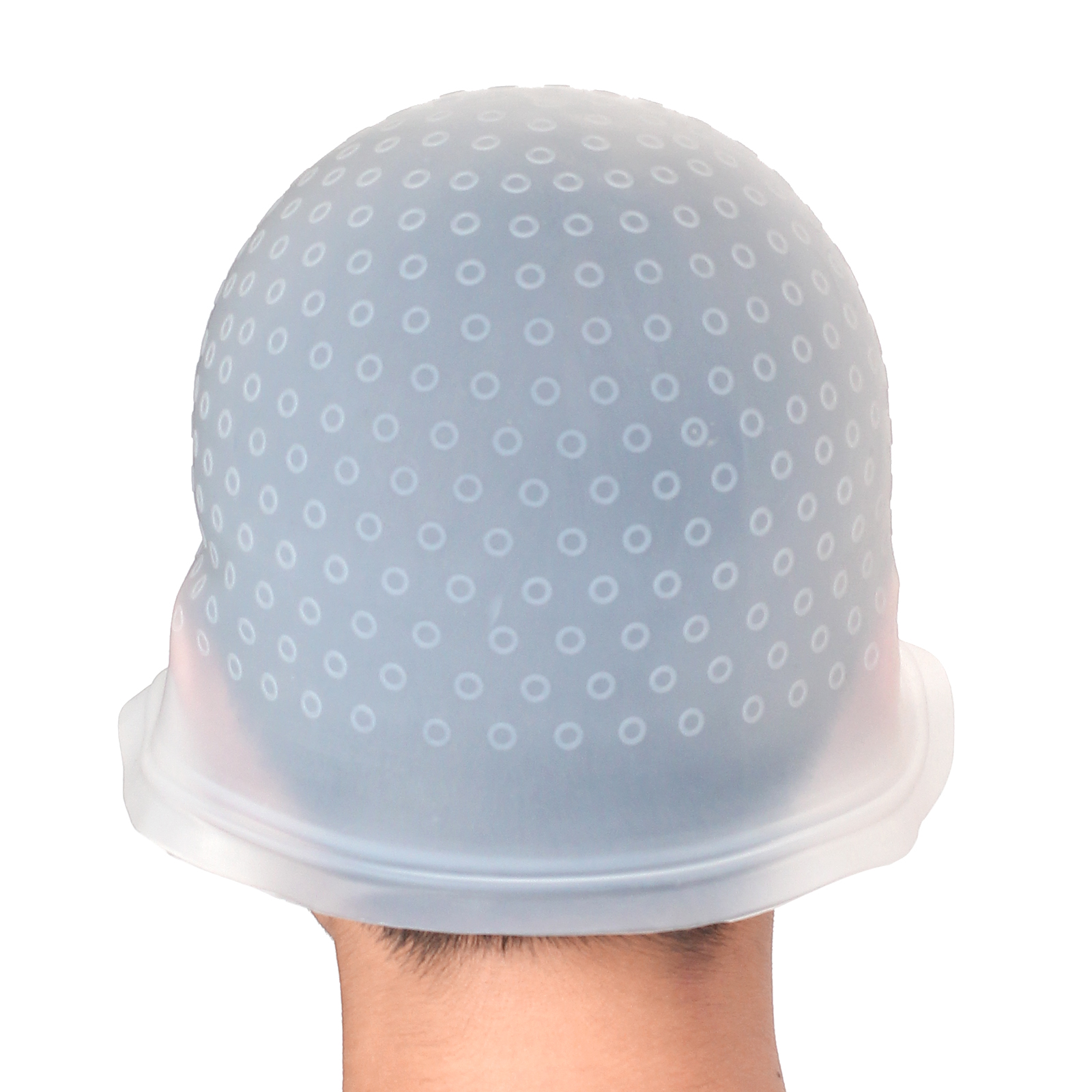
Faunal analyses of the benthic communities in this region have shown that these sponges form part of a distinct deep-sea sponge assemblage associated with sandy silt and clayed-silt bottoms with a high mud fraction, and are typified by high biomass of large sponges and high species richness (Murillo et al. Sponge aggregations were found along: (1) the continental slope of the southeastern Grand Bank (2) the southeastern slope of the Flemish Cap (3) the eastern slope of the Flemish Cap and (4) the northern slope of the Flemish Cap and the Flemish Pass in an area known as Sackville Spur.

( 2012) described four areas with large aggregations of sponges in the high seas east of Newfoundland, Canada, from an analysis of research vessel trawl catches. Sponge grounds in the northwest Atlantic are found along the continental slopes of the Grand Bank and Flemish Cap and northward along the Labrador Slope to the southern Davis Strait (Murillo et al. The vast majority of sponges are marine, where they occur in all oceans and to depths of 8840 m (Koltun 1970). Despite their simple body plan, they are highly diverse, with approximately 8000 extant species described and potentially a further 7000 undescribed (Hooper et al.

2012): Calcarea (calcareous sponges), Hexactinellida (glass sponges), Demospongiae (siliceous sponges) and Homoscleromorpha (formerly included in Demospongiae), all well established in the Ordovician (480 Ma) when they may have played an important role in the evolution of eukaryotes, phosphorus removal and ocean oxygenation (Lenton et al. There are four classes with recent species (Gazave et al. Sponges (Phylum Porifera) are an ancient group of sessile animals present by the late Cryogenian 635 Ma (Maloof et al. Our results indicate that the geodiids underwent a significant range expansion following deglaciation, and support a contemporary distribution that is not shaped by recent fishing activity. Opportunistic sampling of a long core in the southeastern region of the Flemish Cap showed the continuous presence of sponge spicules to more than 130 ka BP. The oldest sterrasters were concentrated in the eastern region of the Flemish Cap and on the southeastern slope of the Grand Bank. Chronological groupings identified Geodiidae sponges in four persistent sponge grounds. These cores were also dated using X-radiographs and grouped into five time categories based on known sediment horizons, ranging from 17,000 years BP to the present. Cores containing spicules were sub-sampled and examined under a light microscope for the presence of sterrasters. Sediment cores collected in 20 were visually inspected for sponge spicules. This study focuses on the slopes of Flemish Cap and Grand Bank, important fishing grounds off the coast of Newfoundland, Canada, in international waters.

They possess unique spicules called sterrasters, which undergo little transport in sediment and can therefore indicate the Geodiidae sponge historical presence when found in sediment cores. Members of the sponge family Geodiidae are dominant members of deep-sea sponge assemblages in the northwestern Atlantic. Recent studies on deep-sea sponges have focused on mapping contemporary distributions while little work has been done to map historical distributions historical distributions can provide valuable information on the time frame over which species have co-evolved and may provide insight into the reasons for their persistence or decline.


 0 kommentar(er)
0 kommentar(er)
